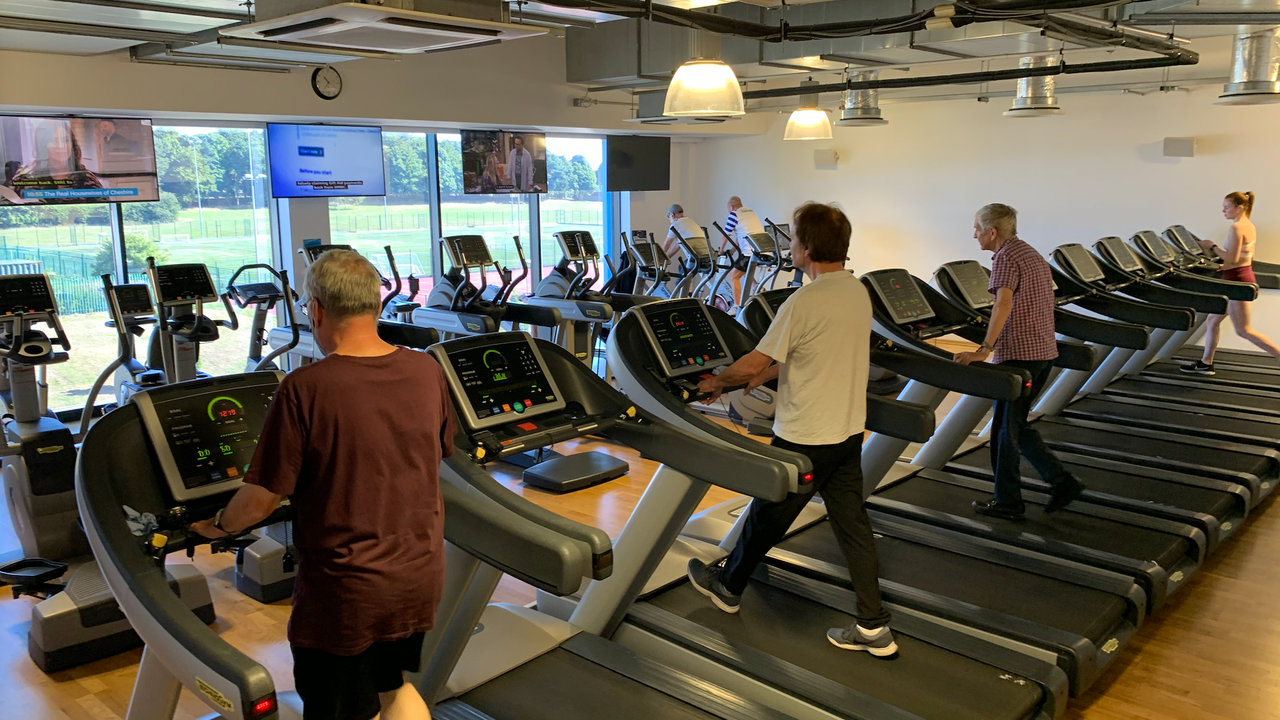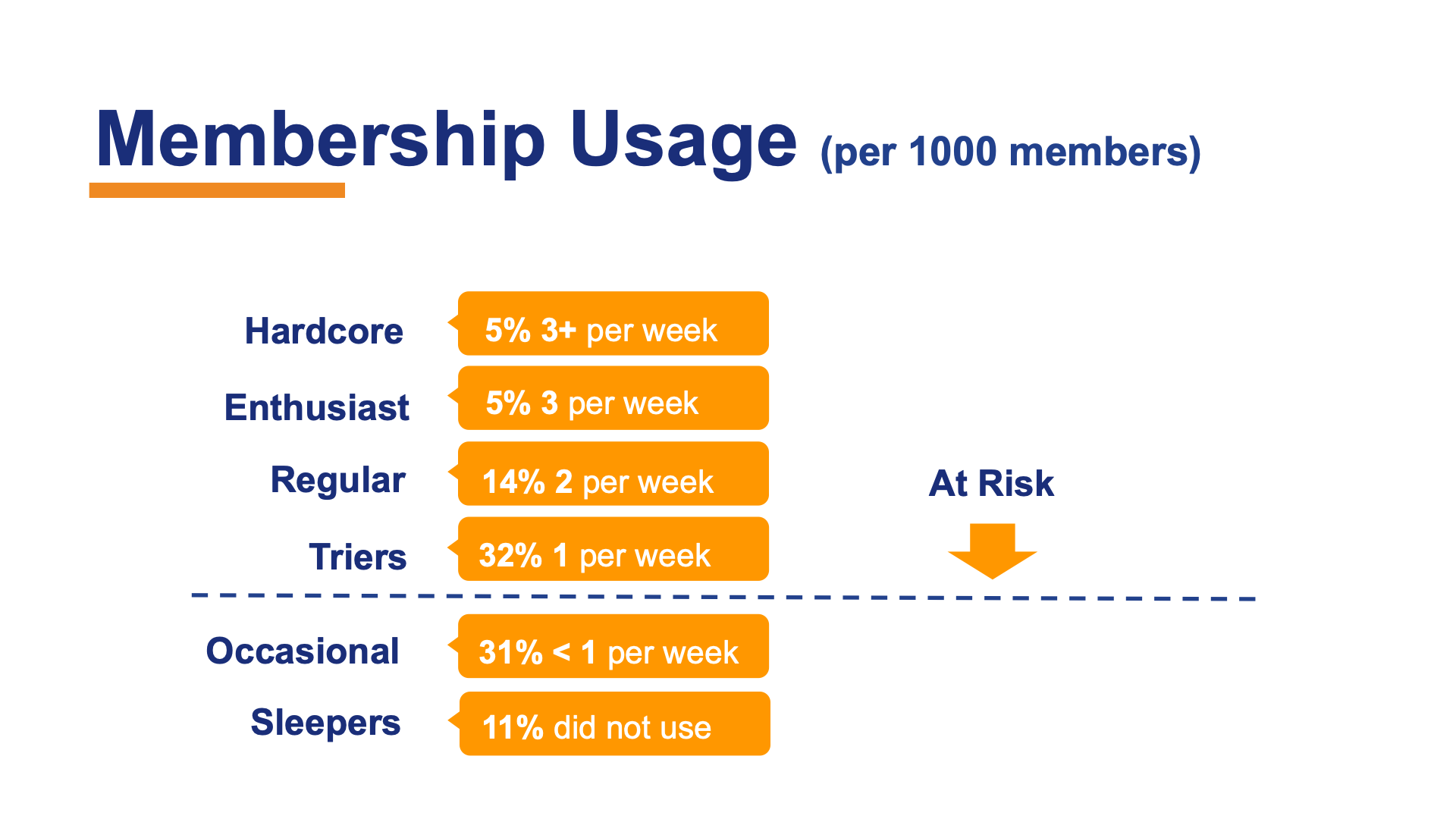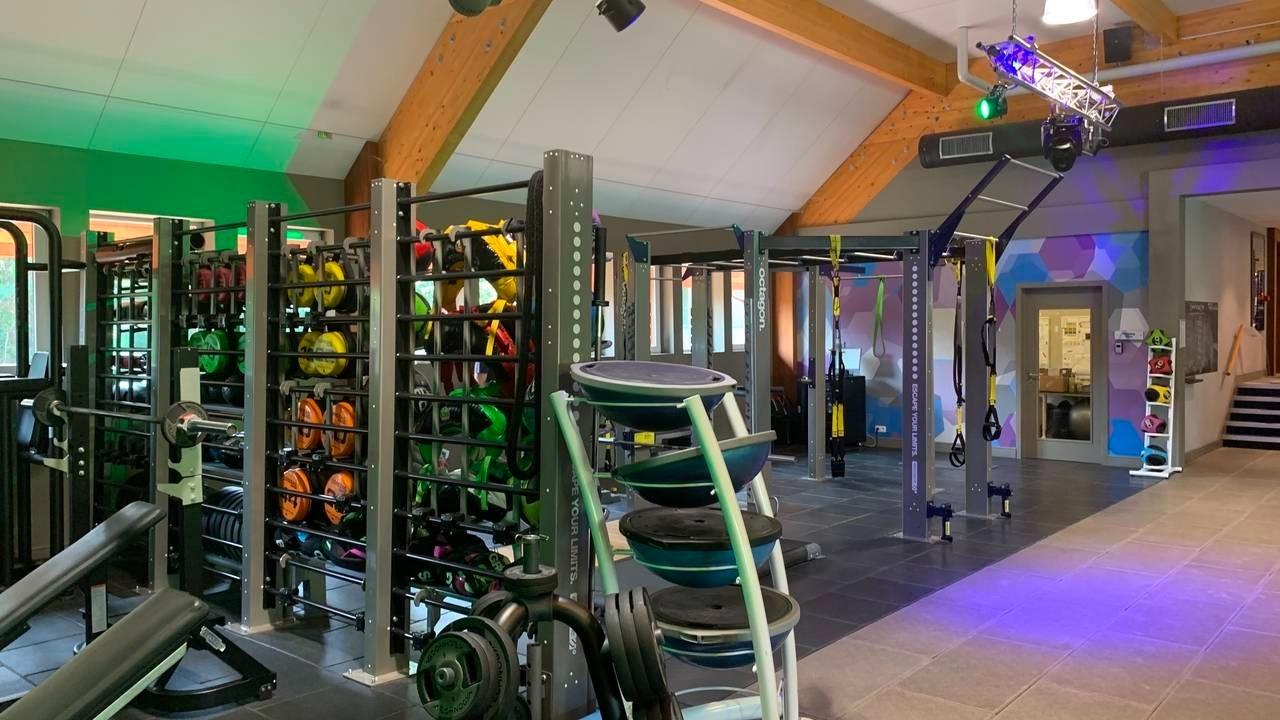Nike to open Fitness Studios.
Nike have announced they are to open the first of a series of studios later this year.
We have already seen Hermes, H&M, alo, Resolve and Aviator Nation deliver concept studios both as an addition to their brand offering or as pop-up location to grab media attention.

Nike will launch with two Californian locations the first will both be Nike Training Studios (NTS) with Nike Running Studios (NRS) to follow.
I will be keen to see if this is truly an attempt to enter the fitness studio market or a marketing project to create content for use across platforms. It will certainly attract the one and done influencers and the fitness tourists who will want to post their views of the studios, to their social media following, but have no intention of becoming a regular visitor. I would imaging mainstream media will also jump at the chance to feature this extension of the Nike brand.
Now while the marketing is suggesting all-inclusive the images representing the participants is very much the...
Differentiate with Service

How To Create and Implement Minimum Service Standards in a Health Club
In order to have a successful Health Club you need to deliver a standard service to all of your members. Creating and implementing Health Club minimum service standards lets your employees know what you're expecting of them and helps gain loyal members. In this article, we explain what Health Club minimum service standards are and why they're important, list the steps for creating and implementing Health Club minimum service standards and provide you with several examples. Don’t let the term minimum lead you to thinking low service standards. Here the term minimum is a level that service will not fall below. Hotels like Ritz Carlton and the Four Seasons have minimum service standards that are higher than most of their competitors’ best efforts.
What are Health Club minimum service standards?
Health Club minimum service standards define what a Health Club guest or member can expect from their visit to a Health ...
How to create memorable and meaningful experiences for your clients
Retention Convention is all about teaching you how to create memorable and meaningful experiences for your clients so they keep coming back for more.
Design Memorable Exercise Experiences That Last - The Fitness Business Podcast Blog

The blog was originally written for the Fitness Business Podcast. If you would like to read it in its original location click on the link at the bottom of this page.
While most people today know me more for work on retention, attrition and member loyalty, the first half of my career was as a fitness instructor, a personal trainer and a trainer of trainers. Much of this time was focused on anatomy, physiology, kinesiology and exercise program design. I thought I was pretty good at exercise program design but I could never understand why customers and clients wouldn’t stick to these programs that I had crafted for them, and that’s why I began to study psychology.
Two masters degrees, numerous short courses, workshops and a PhD later I am still just a focused on improving exercise adherence and retention.
Much of what I have been reading in the past two years has been in the area of experience design. My rational is if members have a better experience they stay members and we see im...
Recovering Quickly
In this post I want to focus on how quickly we are actually recovering and what can we do to accelerate that process.
I want to talk about you looking at your own data. I want you to trust in your own data.
There's an awful lot of data and numbers being produced by trade organizations, by operators and also financial institutions and I think you need to be mindful that comparing yourself to some of that is not going to be useful. Just focusing on what what's going on within your business is probably the most important thing you can do right now, rather than trying to compare you to someone else.
Typical club groupings of members, pre pandemic, let's say this is a thousand members. You have your hardcore exercises, your enthusiasts, regulars, irregulars and your sleepers.

Once the pandemic hit, we saw was there was an overnight contraction of the business.
Within that, we came up with our descriptions, we talk about hard core exercises by visit frequency.
Then you have the enthu...
Ask Me Anything - 5 Questions I got asked by Lindsey Leemis from Twist Intergrations
Q1. If you were to pick just three KPIs for clubs to focus on around member retention, what would they be and how often would you be tracking their progress daily, weekly, monthly, etc.
The first thing I would look at measuring is the retention time and I'd be doing this perhaps every four months, maybe twice a year. Certainly at the beginning of a project, we will always use survival analysis to measure the gap between when people join and when they leave and when people join and when they stopped paying. So we use survival analysis to do that.
That gives us a curve that allows us to see where to intervene in order to improve customer retention. If the curve looks like one of those Olympic ski slopes that the ski jumpers use and there is a cliff almost straight away, that tells us there is a different problem than if there is a fairly flat line for the first three to four months, and then it starts to drop away. So the first thing we would measure would be the time that someone actu...
CoachAi product review
Each week I get contacted by suppliers who have developed products that claim to improve retention. Some are existing companies and others are start ups. So I have decided to review them and publish those reviews. This is the first is with Shai from CoachAi. I discus the product, how clients are using CoachAi and the result they are getting. I summarise and give my evaluation a the end.
You can also download the one year case study hear. https://www.coachai.com/pub/coachai-one-year-case-study-2019.pdf
Keep your customers using these three phases.
Considering the current situation globally I decided to make a short video for my clients to help them understand what they need to do to retain customers at this time. It ended up being a little long than I had planned (14 mins), but in it I describe the three phases of change that need to be managed.
These are the phases you need to manage as a health club operator
- Reduce Exercise Phase
- Isolation Phase
- Returning Phase.
As this week progresses I am sure I will have more ideas about what operators can do and will update within our lunchtime lesson posts on LinkedIn, Facebook, Twitter and Instagram.
If you have any questions email me at [email protected]
Please share the video
If you are not comfortable sending people to this website to watch the video you can download the video from Vimeo and embed it somewhere you feel more comfortable.
Paul Bedford PhD
Retention Guru Ltd
+44 (0) 7956 311 899
Learning from Gamers - Why Big Box Clubs will still be around for years to come.

In gaming infinite variability are games that no matter how long you play them for you never repeat the same experience. The highly successful and very addictive Fortnite is just such an example. Many games have finite variability where players can become very accustomed to the landscape and challenges placed in their way. Some of this is by design, so that game producers are able to release further additions of popular titles or new versions every year.
The more niche you are the more finite your variability. The challenges that may be faced by boutiques and single activity studios over the long term is the concept of finite variability, a posh way of saying nothing new. Which can only combated by larger population density and frequent turnover of inhabitants.
Now no business can ensure that its customers will use its products or services forever, however the more limited the options or choices the quicker someone reaches the point where the experience just becomes repetitive. W...
Digital Intervention for Retention not sales Pt 4.

In the final part of our series on customer retention, Digital intervention for retention not sales we explain how to use CRM systems as a digital intervention for retention…
Most CRM and marketing systems are all aiming to resell. Think about your Facebook feed, if you click on an ad you’re then haunted for the next three months by the fact you searched for a new greenhouse for your Grandfather! But it doesn’t have to be like that. You can use the same technology when someone has joined your club to send reassuring, supportive messages.
So, when a new person signs up from your joining page, send them a thank you note and use a retargeting pixel to interact with them via pop up messages during their first three months of membership, such as ‘How are you finding the club?’, ‘We're glad you're part of our community’, ‘Here's a testimonial from someone who's achieved similar things to you’. You can simply take all the strategies used to attract new people and repurpose them to reinfo...

